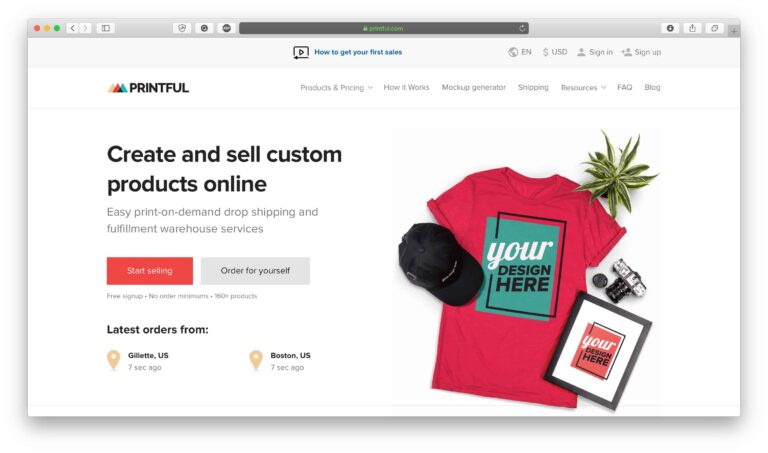
This is the third installment in our new, weekly blog series on multichannel commerce. Missed the first and second blogs? Read How to Connect to the Right Channels and Market at the Right Time.
Every brand dreams of consumers who are ready to buy. They’re out there—but too often, shoppers are chased away by product pages without descriptions or even brand websites without options to buy.
Every channel can (and should) be a sales channel.
It’s just a matter of properly preparing it to sell. Are you losing out on easy sales? Any new channel you add requires three elements before it’s considered sales-ready.
1. Product Information and Content
A 2021 ChannelAdvisor survey revealed that 33% of global e-commerce shoppers say they gave up on a purchase because the page didn’t have enough information. While basic content is the bare minimum for inviting transactions, high-quality content can have a massive impact on buyer conversion and your subsequent brand image.
Yet, there are different product content specifications for each channel you sell in. We recommend a three-step strategy to manage content optimization:
- Streamline the source — Pull from a single source for all product information and ensure your creators know where the content will end up.
- Audit regularly — Periodically assess your content for channel compliance.
- Leverage automation — Automatically optimize content, ensure data compliance and populate fields.
2. Pricing
Price is naturally an influencing factor in driving purchases between two or more products. Eighty-two percent of e-commerce shoppers say they regularly compare prices before making a purchase online. To compete, discounts and promotions entice new customers—but they can be complex to manage across multiple channels, especially when antitrust laws ensure retailers can set whatever prices they want.
To set prices while still meeting local regulations, consider:
- Synchronizing promotions — Rather than generating sales for a specific channel, plan market-wide discounts that increase your overall sales.
- Monitoring price-match dynamics — Stay up to date on the latest repricing trends across competitors and marketplaces to prevent losses and maximize margins.
- Creatively boosting channel sales — Show more love to a certain channel by directing sales to their site with direct “Where to Buy” technology.
3. Inventory Levels
Inventory matters. Inaccurate stock reporting could not only result in disappointed customers, but negative reviews, lost sales to competitors and high costs associated with warehousing surplus inventory. Automating this cumbersome process helps you confidently manage and report inventory, prepare and set expectations with customers ahead of time and recover sales that otherwise would’ve been lost.
If you still find yourself out of stock, send customers to your next best option by creating a direct path to purchase. Does your brand website offer a “Buy Now” option? Do your social media campaigns include shoppable links? Ensure every brand touchpoint you have funnels consumers toward channels where they can convert.
Build a Better Path to Purchase
Every channel your brand is present on has the power to lead to sales. ChannelAdvisor optimizes your product content across every channel at scale, helping you manage prices and inventory across your entire retail network.
Want to learn more about how we help brands market across channels? Contact us today to request to talk with one of our e-commerce experts.
Return next week, or subscribe, to see the next blog in our multichannel commerce framework series. Learn how to connect to and market in the proper channels or look for new insights in the coming weeks on how to better fulfill and optimize. And stay tuned for the launch of our new report launching in April to see the full Multichannel Commerce Framework.



